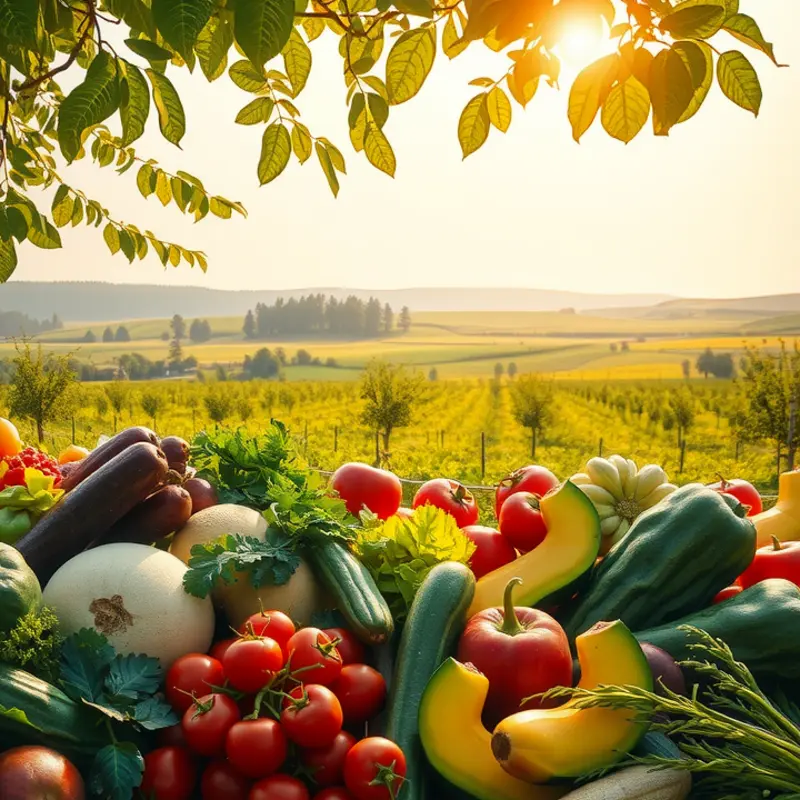Recognizing stale foods is essential for maintaining health and minimizing waste. By understanding how to identify expired items and employing effective storage techniques, you can keep your kitchen stocked with fresh products, ultimately making meals healthier and more enjoyable. This guide provides actionable tips for anyone looking to enhance food safety and reduce unnecessary waste in their home.
Understanding Expiration Dates and Signs of Spoilage

Expiration dates serve as a guide for determining the freshness and safety of consumables. There are several types of dates you might encounter on food packages. ‘Sell by’ dates inform retailers when to remove a product from shelves. It’s aimed at stock management and might not indicate the last day the product is safe to consume. ‘Best by’ or ‘Best before’ dates suggest when a product will be at its peak flavor or quality. These dates are not strict deadlines for consumption but mark optimal taste periods. ‘Use by’ dates, however, are more rigid and pertain to health and safety concerns. These dates indicate the end of the product’s peak aromatic, texture, and nutritional profile.
Apart from printed dates, your senses are crucial in assessing food viability. Visual cues are one of the first indicators of spoilage. Fresh produce, for example, should retain a vibrant color. Dulling or browning might suggest degradation. Mold on foods like bread or cheese is a clear sign of spoilage. For packaged goods, a bloated package can indicate microbial activity.
Smell is another powerful tool in identifying spoilage. A sour or foul odor usually indicates bacterial growth in foods like dairy or meats. When opening a carton of milk, it should have a clean scent, while any off-putting or rancid smell suggests it’s time to dispose of it.
Finally, taste is your last recourse. Only use this step if visual and smell tests don’t strongly suggest spoilage. A combination of sour, bitter, or otherwise off flavors can indicate that a product has surpassed its usable life. Always err on the side of caution with taste tests, particularly with high-risk items like seafood, which can pose significant health risks if spoiled.
For a deeper understanding of maximizing food safety and minimizing waste, techniques such as low-waste cooking can be beneficial. These practices not only help in identifying spoilage signs earlier but also integrate leftover usage to reduce wastage effectively.
Understanding expiration dates and coordinating with sensory checks can drastically mitigate waste and enhance food safety. This approach aligns with smart storage techniques, ensuring that what you consume is both enjoyable and safe.
Preventing Food Staleness Through Proper Storage

Proper food storage is crucial to maintain freshness and reduce waste. Using the right techniques can significantly extend the shelf life of your perishables. Let’s explore effective strategies for storing your food items, focusing on fridge organization and pantry setups that minimize staleness.
Temperature Control: Your refrigerator should be set between 37°F and 40°F, while the freezer should be at 0°F. These temperatures slow bacterial growth, helping to keep foods fresher longer. Use a thermometer to check and adjust settings as necessary.
Optimal Fridge Organization: Store similar items together in airtight containers. This method helps maintain flavors and prevent moisture loss. Place dairy products near the back where the temperature is the most stable. Fruits and vegetables should be stored in separate crisper drawers, adjusted for optimal humidity: fruits in low humidity and vegetables in high.
Pantry Setup: A well-organized pantry is equally important. Keep canned goods and dry foods like pasta and grains in cool, dark places, ideally below 70°F. Use airtight containers to protect against pests and moisture, which can lead to staleness. Organize foods by type and expiration date, regularly rotating older items to the front.
Avoiding Cross-Contamination: Post-grocery shopping, organize your fridge so raw meats are at the bottom to prevent them from dripping onto other foods. This practice keeps your fresh produce safe and extends its longevity.
Smart Labeling and Rotation: Using clear labels with purchase or expiration dates can reduce waste and maintain freshness. When restocking, place older items at the front. This simple rotation ensures that no item remains overlooked.
Maximizing Space: Efficient use of space in both the fridge and pantry enhances airflow and maintains consistent temperatures. Crowding reduces storage efficiency, so avoid piling up items, which can lead to uneven cooling and faster spoilage.
Use of Technology: Consider investing in smart storage solutions, such as a fridge alarm to alert when the door is left ajar. Airtight containers with humidity control can also be beneficial.
To further explore sustainable practices for food storage, you can check out this guide on eco-smart kitchen storage, which offers additional strategies to optimize your food management without compromising the environment.
By implementing these strategies, you can effectively combat staleness, reduce waste, and ensure your food remains fresh for as long as possible, contributing to safer and more economical food practices.
Final words
Being able to recognize stale foods is a vital skill that contributes to healthier eating habits and reduced waste. Familiarizing yourself with expiration dates, spoilage signs, and effective storage solutions ensures you’ll always have fresh ingredients ready for delicious meals. Commit to taking inventory of your food regularly, practicing safe storage methods, and keeping your kitchen clutter-free. These practices not only enhance your food management skills but also promote a more sustainable lifestyle. Ultimately, staying connected with the freshness of your food can foster a more enjoyable cooking experience and a stronger connection to your meals.







